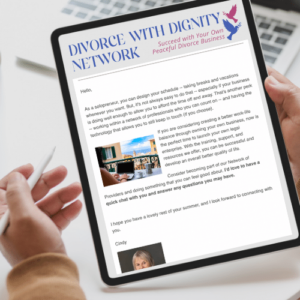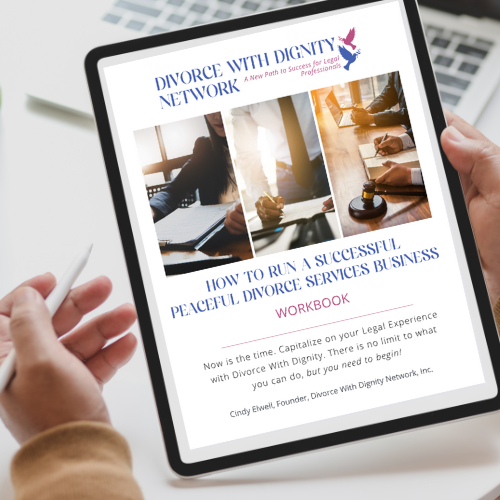Clark Howard offers some out of the box ideas for small business loan funding.
Clark Howard is a nationally syndicated consumer expert who advises consumers how to save more, spend less and avoid getting ripped off. We recently came across a very interesting blog article Mr. Howard wrote on September 12, 2012 entitled, “Get a business loan without bank hassle.”
In this article Mr. Howard discusses alternatives to bank loans to obtain funding for small businesses. He explains the latest alternatives to traditional bank financing for small business gives great insights into these latest creative forms of business financing called peer-to-peer (P2P) funding and a newer variation on the P2P model called “crowdfunding”. To learn more about getting a small business loan without the bank hassles, read on.
Crowdfunding Uffers New Twist on Traditional P2P Lending
By Clark Howard
If you have a business idea and you can’t seem to get any funds from a bank, there are more and more alternatives to try. I used to recommend that people check out traditional peer-to-peer (P2P) lending sites, but now some sites are morphing into something new called “crowdfunding.”
P2P lending basics
Let’s start with the basics, though. P2P lending is a way to cut the banks out of the equation. It lets people go online to borrow and lend money directly to each other.Prosper.com is the granddaddy in the field, and LendingClub.com has been growing nicely in recent times too.
Here’s how P2P lending works for a potential borrower: You agree to a credit check and to disclose your debt-to-income ratio. Based on that information, you’re assigned what amounts to a credit risk score. Taking that score into account, you’re assigned a letter grade (from AA to E) and an APR befitting the credit risk you pose to potential lenders.
Lenders protect their interests in P2P lending by buying little tiny slices and dices of multiple loans, instead of pouring all their dough into one big loan. That way if any given borrower defaults, a lender only loses a fraction of his or her money, not the whole amount.
In the early days of P2P lending, companies like Prosper and LendingClub didn’t set high enough standards about who could borrow and they didn’t adequately communicate to investors (lenders) about the level of risk involved. So the business model kind of blew up in everybody’s face. Now the standards have gotten more refined and more sophisticated with time.
It’s gotten to the point where Prosper claims the average return earned by lenders is, after expenses, right at 10%.
The P2P model evolves with crowdfunding
Now the basic idea of P2P lending is undergoing a change. USA Today reports some newer sites are doing what’s called crowdfunding. With crowdfunding, a borrower only gets the money if enough people agree to put up little chunks. If you don’t get 100% funding for a potential project, you get no money at all.
One of the most prominent crowdfunding sites is Kickstarter.com. While someone might lend money on a traditional P2P site to earn a nice return on investment, that’s typically not the motivation for people lending money on a site like Kickstarter. The Kickstarter user is more apt to just want to help entrepreneurs or creative types realize an idea.
USA Today reports that just under half of all ideas on Kickstarter get funded, and so far 7,500 projects have been greenlighted by the site.
Another crowdfunding site is Kiva.com, which allows people to fund loans to entrepreneurs in $25 increments or higher. Again, people don’t do this to earn interest. All you do is help entrepreneurs get started, and supposedly over half a million people have received money from Kiva, which claims a 99% repayment rate.
MicroPlace.com is a similar site where you can support entrepreneurs around the world. But unlike Kiva, you actually earn some nominal interest on your investment. MicroPlace claims a 98% repayment rate.
If you have an entrepreneurial idea and the bank has no interest in you or your idea, check these things out. There may be money out there to make your idea come alive.
A one-stop shop for online merchants?
If you’re specifically an online merchant, there’s a new startup that’s in the business of making loans just to e-sellers just like you. And with this one they’re not interested in lending to traditional brick and mortar operations at all — just online merchants.
With a new site called Kabbage.com, the application process is as streamlined and simple as it could be. Within 10 minutes of completing the online application, you could have money in your bank account! Kabbage evaluates you based on observing what you’re doing in your online business — transaction history, user feedback ratings and even game and social-media participation.
You do the application and, if they approve you, the money is issued through PayPal in just minutes. One caveat, though: The interest rate is not very good, sitting at somewhere between 10 and 18 percent.
Again, it’s another option to get money for your business at a time when banks don’t want to give you the time of day!
We thank Mr. Howard for his permission to repost this article at our website. Please visit Mr. Howard’s website at: www.ClarkHoward.Com.The original posting of this article, “Get a business loan without bank hassle”, is available there at: (http://www.clarkhoward.com/news/clark-howard/personal-finance-credit/crowdfunding-offers-new-twist-p2p-lending/nCtcp/).





